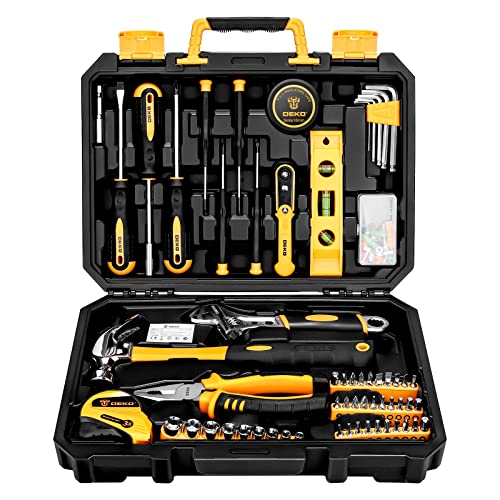Importance of labeling tools
Labeling tools in a toolbox is essential for a variety of reasons. It makes it easier to identify and locate specific tools quickly, enhancing overall efficiency and productivity. Additionally, labeled tools reduce the risk of accidents as users can quickly identify the correct tool for a specific task, reducing the chances of using the wrong tool. Furthermore, labeled tools promote organization and ensure that tools are returned to their designated spots, reducing the risk of misplacing or losing them. With these benefits in mind, it is crucial to understand how to effectively label tools in a toolbox.
Choose the right labeling method
When it comes to labeling tools in a toolbox, there are various methods to consider. The chosen method should be durable, easily readable, and resistant to wear and tear. Some popular labeling methods include engraved labels, adhesive labels, and magnetic labels. Engraved labels provide a permanent and professional look but may require specialized tools or services. Adhesive labels are readily available and convenient to use, but they may wear off over time. Magnetic labels are versatile and can be easily moved around, but they may not stick well to certain tool materials. Consider the specific needs of your toolbox and tools to choose the most appropriate labeling method.
Categorize and prioritize tools
An organized toolbox not only enhances efficiency but also reduces the chances of misplacement. To label tools effectively, categorize them into different groups based on their functionality or usage. Common categories may include screwdrivers, wrenches, hammers, and measuring tools. Within each category, prioritize the most frequently used tools to ensure easy access. This categorization and prioritization will help you determine the labeling strategy and placement of labels within your toolbox.
Utilize clear and consistent labels
To ensure the labels are easily readable, opt for clear and legible fonts. Avoid overly elaborate fonts that may be difficult to read, especially in dimly lit areas. Additionally, use consistent labeling techniques throughout the toolbox to provide a visually cohesive and organized appearance. For example, use the same font, color, and size for all the labels. Consistency in labeling will make it easier for users to quickly identify and locate the tools they need.
Test and adjust labeling placements
Once you have labeled the tools in your toolbox, it is essential to test their effectiveness and adjust as needed. Use the toolbox in various scenarios and assess whether the labeling is clear and easily readable. If certain labels are obstructed or difficult to read, consider adjusting their placement or using a different labeling method. Regularly update and maintain the labeling system to account for changes in tool inventory or user preferences.






